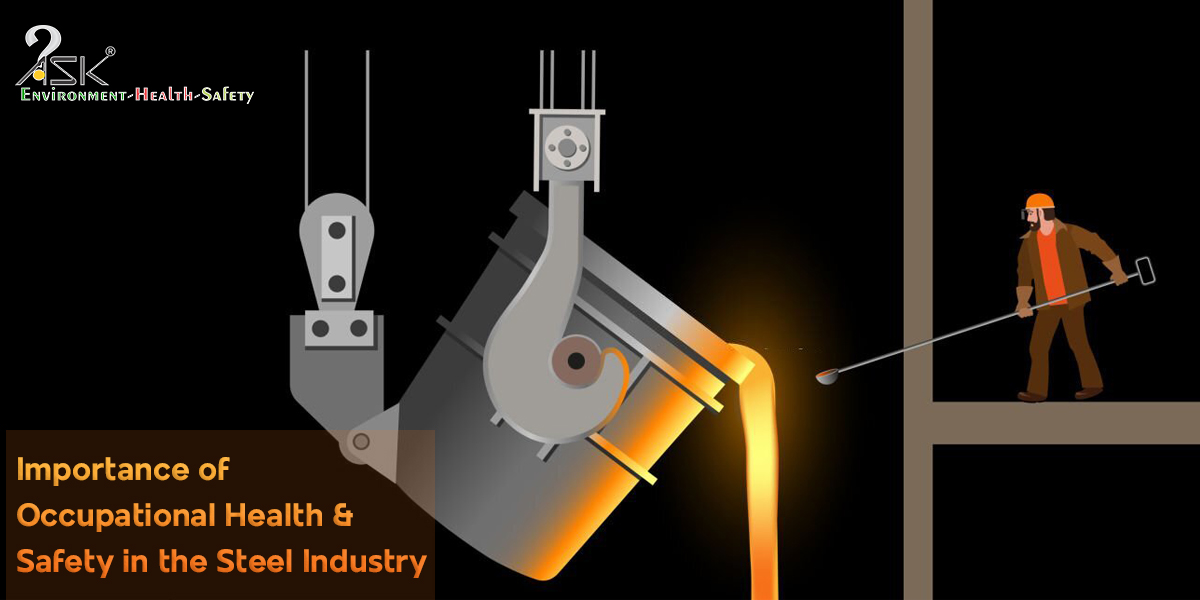Train for psychological care in safety

A space where people feel secure and safe to speak up is nothing but psychological safety. A term coined by professor Amy Edmondson, it aims at building teams that are safe for interpersonal risk taking. The theory makes sense –you will give a better sales pitch if you know your colleagues are confident in your ability to sell, ready to pick you up when you falter.
To improve organizational performance, there are initiatives and programs that focus on safe behaviour and better injury rate performance. An industry that focuses on creating an environment conducive to employee needs is a breeding ground for new ideas. People will not only put forward risky and innovative concepts, but also provide inputs that are of value.
Hostile business environment leads to poor working culture, stagnation of creativity and dogmatic policies.
Levelling up psychological safety
While most of the studies are descriptive in nature and do not provide concrete ways of attaining the same, respectful behaviour from the top-down management remains foremost. To measure it and strengthen it in a team, action learning becomes a problem-solving process where a small team is given a real business challenge on which they take actions and learn as a team. Here, all of them discuss, explore and challenge all the dimensions – collectively come into an understanding and agreement of the real issue.
Even an anonymous survey (originally laid by Edmondson) includes individual opinions on – reaction to mistakes, dealing with issues, inclusivity, risk-taking behaviour, mutual support and appreciation. The team can form their opinions on the way it handles all the above factors, thereby letting management know the pros and cons of working in that ‘specific team’.
Priority improvement areas to develop psychological safety and team performance, real progress can be made, and teams can be improved.
In EHS and OHS, this remains vital as industrial safety depends upon the employee approach to initiate and complete a work. If he/she is uncomfortable or feels restrained in taking decisions, it can create hindrances in performance – employee can lose out on interest if he/she is not given enough liberty to perform.
In high risk industries such as chemical and heavy engineering, employees need to be on their toes every time – if the coordination between them is ineffective and they deal with individual issues within, additional hazards arise when sudden incidents take place. Without sharing their actions within the team, the level of collaboration, co-creation and performance does not remain up-to-the-mark.
Going for an outstanding safety management performance
A good way to think about this is mind-set persistence. If a team is accustomed to delivering excellence at every opportunity, it does so in every area of work performance including safety. So the key to driving safety performance to the next level is to work in a culture whose prime focus is collecting everyone on-board and moving ahead.
Develop an environment that adopts innovation through failure, identifies common purpose, establishes it, creates an invested workforce whose voice exhumes inspiration and significance and redefines the way of work performance.
When the top management shifts the focus from purely safety performance to an organizational performance, it can drive repeatable and predictable outcomes. A team that accepts the fact that people are bound to mistakes and have difference in opinions, yet mutually learn from each other, is a team that thrives.
Leaders who undertake this mind-set transformation encourage high performing teams – their emphasis is laid on overall performance excellence. Members of these high performing teams can undoubtedly, go on to become transformational leaders themselves.
Here are some tips for a leader to build psychological safety in a workplace –
- Show your team that you are engaged
- Let your team see you understand
- Avoid blame-game and build trust
- Remain self-aware and expect the same from the team
- Replace blame with curiosity
- Embrace team opinions while making a decision
- Be open to feedback
- Give credits to teammates when due
- Support and represent your team
Positive emotions like trust, curiosity, confidence, and inspiration broaden one’s mind and help us build psychological, social, and physical resources within. We can become more open-minded, resilient, motivated, and persistent when we feel safe in our workplace. Approaches like these add life to actions – energy increases, so does solution-finding and divergent thinking — ultimately the cognitive process underlying creativity.


